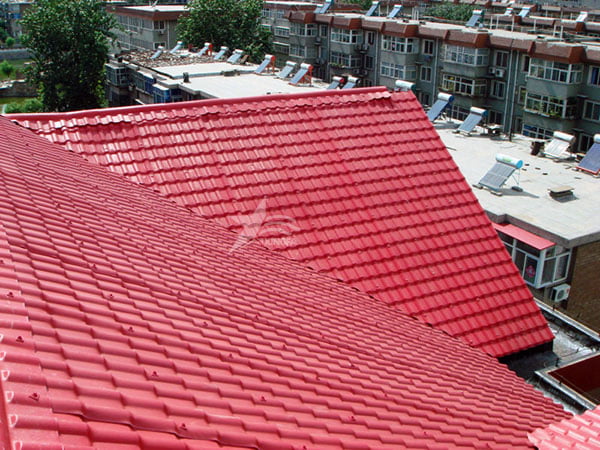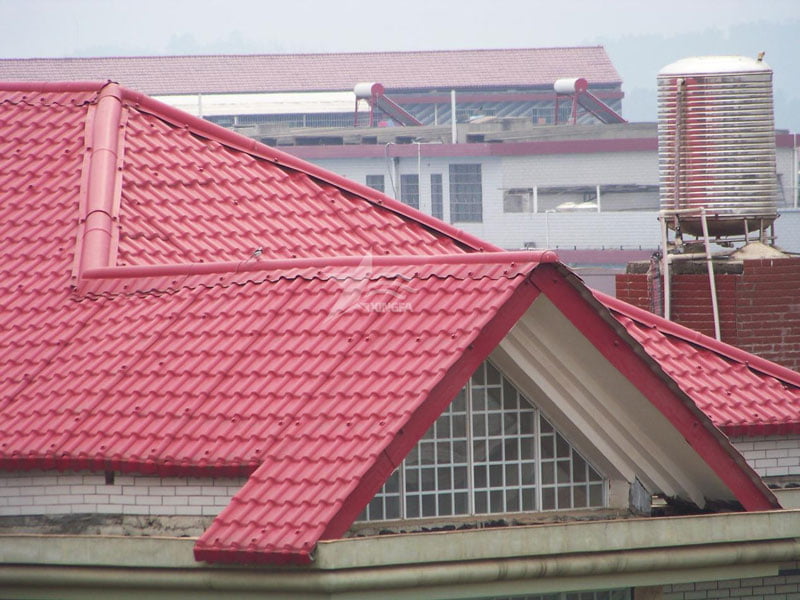There are many kinds of synthetic resin tiles on the market, with uneven quality. Many customers have reported that before choosing a relatively low-cost resin tile, various problems such as serious fading have appeared in just a few years, which is now unbearable! There may be many reasons for the fading of synthetic resin tiles, and quality is the key! Some manufacturers use ABS instead of ASA, but ABS is much cheaper and has much worse performance. Using ABS as the fabric in resin tiles will cause the resin tiles to fade easily and show mottled signs during use. In addition, the fading of resin tiles is also related to the environment in which they are used. Using them in coastal areas and areas with more acid rain will accelerate fading.

So how to deal with the fading of synthetic and resin tile roofs? In fact, if a large area of serious fading appears shortly after the installation of resin tiles, it proves that the resin tiles purchased are made of inferior materials. Then, cracking, deformation, leakage and other phenomena will follow. In my opinion, there is no need to spend money and effort to repair and maintain, and the maintenance costs are not small. The most effective way to improve directly is to replace with better quality resin tiles, although the market price will be slightly higher, but after installation, it will be a one-time and permanent solution, and the manufacturers can provide product quality assurance certificates, with a warranty of about 30 years.

Due to the long-term exposure of the roof tiles to ultraviolet light, humidity, cold and other harsh environments, even high-quality resin tiles have a slow fading process, which usually occurs 8-10 years after installation, but it will not show mottled signs like inferior resin tiles.

